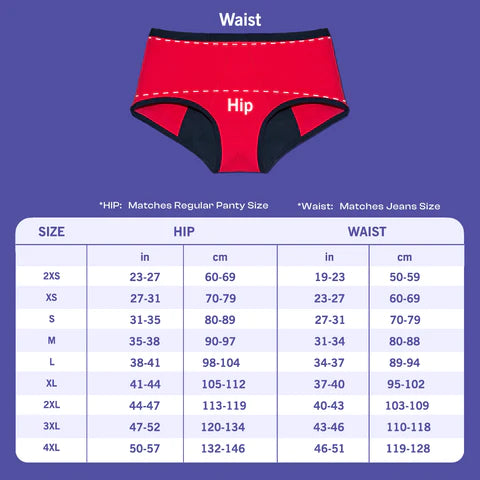As modern menstrual technologies began to develop, more alternatives began to enter the mainstream. Tampons, sanitary pads, menstrual cups flooded markets as women began to speak more openly about their bodies and their femininity.

While each menstrual product comes with their own sets of advantages and challenges, the latest technology in this space is reusable period panties. Some people may be iffy about the whole idea- isn’t this going back in history? But we’re here to tell you that’s not the case at all.
The science behind period panties is exceptional, even somewhat magical: they are made to look and feel like regular underwear for added comfort, but are actually incorporated with extra layers and special fabrics to absorb blood without staining or leaking. In fact, this new generation of panties lasts much longer than an ordinary sanitary pad and doesn’t leave you with any rashes. Just like our GoPadFree!
It doesn’t just end here. One of the greatest advancements of period panties is the impact it has on the environment: it eliminates the enormous amounts of plastic generated from sanitary waste and provides a more sustainable, eco-friendly approach.
As period technologies improve and continue to grow, it’s important that we take initiative to keep up with the latest advancements in the field. And as women, it’s our responsibility to understand the impact that menstrual technologies have on our mental and physical well being. Shouldn’t we then, make more of a conscious effort to take a well-informed and educated decision?


